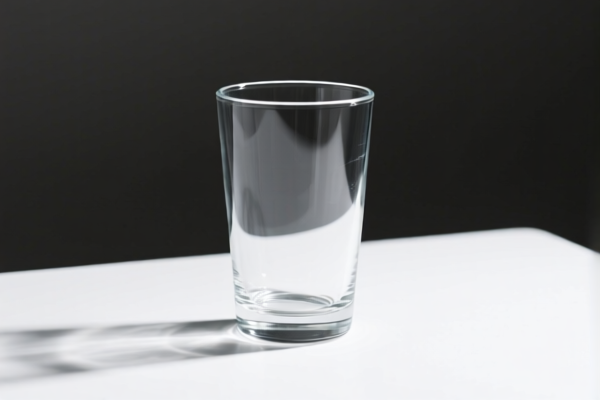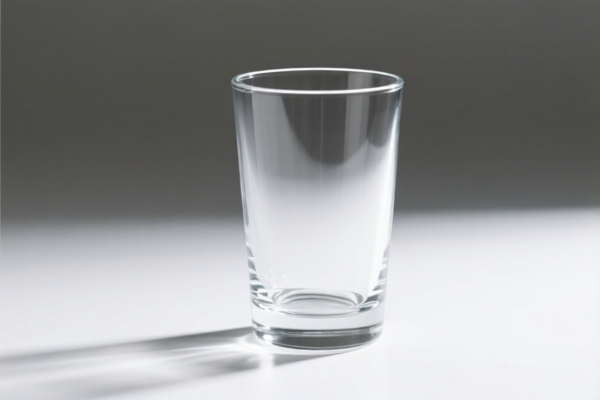| HS Code | Official Doc | Tariff Rate | Origin | Destination | Effective Date |
|---|---|---|---|---|---|
| 7013991000 | Doc | 52.5% | CN | US | 2025-05-12 |
| 7013371010 | Doc | 66.0% | CN | US | 2025-05-12 |
| 7010905005 | Doc | 55.0% | CN | US | 2025-05-12 |
| 7010905055 | Doc | 55.0% | CN | US | 2025-05-12 |
| 7020006000 | Doc | 60.0% | CN | US | 2025-05-12 |
| 7020003000 | Doc | 55.0% | CN | US | 2025-05-12 |
| 7116204000 | Doc | 48.0% | CN | US | 2025-05-12 |
| 7116205000 | Doc | 37.5% | CN | US | 2025-05-12 |
| 7117907500 | Doc | 30.0% | CN | US | 2025-05-12 |
| 7117905500 | Doc | 44.7% | CN | US | 2025-05-12 |
| 3926904000 | Doc | 32.8% | CN | US | 2025-05-12 |
| 7007190000 | Doc | 60.0% | CN | US | 2025-05-12 |
| 7007290000 | Doc | 59.9% | CN | US | 2025-05-12 |
| 9617006000 | Doc | 37.2% | CN | US | 2025-05-12 |
| 9617001000 | Doc | 37.2% | CN | US | 2025-05-12 |




Colorful Glass
Colorful glass encompasses a broad category of glass materials characterized by the incorporation of various substances to produce a range of colors. These glasses are utilized in decorative, functional, and artistic applications.
Material Composition
The base material is typically soda-lime glass, though other compositions like borosilicate or lead crystal can be used depending on the desired properties. Coloration is achieved through several methods:
- Metal Ions: Introducing metal ions during the melting process imparts specific colors. Common examples include:
- Iron: Greens and browns
- Cobalt: Deep blues
- Copper: Reds, oranges, and greens (dependent on oxidation state)
- Manganese: Purples and ambers
- Gold: Ruby reds (typically in colloidal form)
- Silver: Yellows and oranges
- Rare Earth Elements: Elements like neodymium and praseodymium create vibrant pinks, purples, and yellows.
- Sulfur and Selenium: Used to create yellows and reds, often in combination with other coloring agents.
- Colored Pigments: Adding pre-formed pigment particles to the molten glass.
- Surface Coatings: Applying thin films of metal oxides to the glass surface, creating iridescent or dichroic effects.
Purpose & Function
- Decorative: Stained glass windows, art glass, mosaics, vases, and ornaments.
- Artistic: Glassblowing, fusing, lampworking, and sculptural applications.
- Architectural: Facades, skylights, and interior design elements.
- Functional: Colored glass filters for lighting, scientific instruments, and safety glasses.
Usage Scenarios
- Residential: Windows, doors, lighting fixtures, kitchen backsplashes.
- Commercial: Storefronts, office buildings, hotels, restaurants.
- Religious Institutions: Stained glass windows in churches, cathedrals, and temples.
- Industrial: Laboratory equipment, safety eyewear, optical filters.
- Art Studios: Creating unique glass art pieces.
Common Types
- Stained Glass: Traditionally used in windows, composed of small pieces of colored glass held together by lead came.
- Cathedral Glass: Translucent glass with subtle color variations, often used in larger window panels.
- Opalescent Glass: Glass with a milky, iridescent appearance, created by scattering light within the glass structure.
- Dichroic Glass: Glass with a thin metallic coating that reflects different colors depending on the viewing angle.
- Art Glass: A broad category encompassing various decorative glass techniques, including blown glass, fused glass, and cast glass.
- Sea Glass: Naturally frosted glass fragments found on beaches, often with a soft, pastel color.
- Murrini/Millefiori: Glass canes with intricate patterns embedded within them, often used in mosaics or fused glass.
- Slumped Glass: Glass that has been heated to a lower temperature to soften and conform to a mold.
Based on the provided information, “colorful glass” can potentially fall under several HS code classifications, depending on its specific composition, use, and manufacturing process. Here's a breakdown of relevant HS codes:
- 7013.99.10.00: This HS code covers “Glassware of a kind used for table, kitchen, toilet, office, indoor decoration or similar purposes (other than that of heading 7010 or 7018): Other glassware: Other: Glassware decorated with metal flecking, glass pictorial scenes or glass thread- or ribbon-like effects, any of the foregoing embedded or introduced into the body of the glassware prior to its solidification; millefiori glassware; glassware colored prior to solidification, and characterized by random distribution of numerous bubbles, seeds or stones, throughout the mass of the glass.” This is applicable if the colorful glass is a type of glassware used for decorative or functional purposes and the color is achieved before solidification, potentially with embedded elements or a millefiori effect. The total tax rate is 52.5%.
- 7013.37.10.10: This HS code refers to “Glassware of a kind used for table, kitchen, toilet, office, indoor decoration or similar purposes (other than that of heading 7010 or 7018): Other drinking glasses, other than of glass-ceramics: Other: Other: Valued not over $0.30 each Crystalline or non-lead crystal”. If the colorful glass is a drinking glass made of crystalline or non-lead crystal and valued at $0.30 or less per piece, this code applies. The total tax rate is 66.0%.
- 7020.00.60.00: This HS code covers “Other articles of glass: Other”. This is a broad category and could apply if the colorful glass doesn't fit into more specific classifications. The total tax rate is 60.0%.
It is important to note that the final HS code determination depends on the specific characteristics of the colorful glass. If the glass is part of imitation jewelry, consider the following:
- 7117.90.75.00: This HS code refers to “Imitation jewelry: Other: Other: Valued over 20 cents per dozen pieces or parts: Other: Of plastics”. If the colorful glass is used in imitation jewelry valued over 20 cents per dozen pieces and made of plastics, this code applies. The total tax rate is 30.0%.
- 7117.90.55.00: This HS code refers to “Imitation jewelry: Other: Other: Valued not over 20 cents per dozen pieces or parts: Other”. If the colorful glass is used in imitation jewelry valued at 20 cents or less per dozen pieces, this code applies. The total tax rate is 44.7%.
If the colorful glass is used as imitation gemstones, consider the following:
- 3926.90.40.00: This HS code refers to “Other articles of plastics and articles of other materials of headings 3901 to 3914: Other: Imitation gemstones”. The total tax rate is 32.8%.
According to the provided reference material, the HS code options related to 'colorful glass' are limited, with only the following 7 found.
Customer Reviews
No reviews yet.